Writing IEP Goals…The SMART Way!
Writing IEP goals can be frustrating and intimidating…but it doesn’t have to be! Imagine that you show up to an IEP (Individualized Education Plan) meeting, whether you are a parent or a professional, and you see a goal like this:
“Bonnie will learn the letters of the alphabet.”
What would you think?
I hope you would think, “What does that even mean??”. What exactly is she supposed to learn? What they’re called? What sounds they make? How to sing the song? And how will you know that she has “learned” them? And when does she need to have this done by?
All in all, this is a terrible goal.
So how does one write a decent IEP goal? Well, I’m going to explain it to you and give you the formula for writing IEP goals. Whether you are a speech-language pathologist or another educator/professional, this information will help you in writing IEP goals for your student.
The Formula for Writing IEP Goals:
We’re going to break down exactly how to write an IEP with great goals but here’s the basic overview. If your IEP goals have these essential parts, then you’re doing great! Click the button to access a PDF version of this formula in our free materials library! Or, keep scrolling to learn more about each of these components.
The Process for Writing IEP Goals:
Writing IEP Goals Step One:
Identify the Areas of Concern
The first step for writing IEP goals is to identify the area of concern. These concerns should be written in the “Present Level of Academic Performance” area of the IEP (some schools/states name that area something slightly different). You can figure out what areas are of concern by using standardized tests, developmental checklists, common core curriculum benchmarks/standards, or any other skills assessments that you have access to. This section should also include information on how that area of concern impacts the child in the educational setting.
For example, you could say “Jimmy is not able to stand on his head for more than 3 minutes.” That is definitely an area of concern for poor Jimmy. However, it is not educationally relevant. That is to say, his lack of head-stand skills is very unlikely to cause him problems in the classroom. Unless, of course, there is a head-stand competition and his grade depends on it…but let’s assume that’s probably not going to happen. For that reason, Jimmy’s head-stand disability should not be included in the present level of academic performance.
IEP Goals: Examples of Impact Statements
Instead, we should be writing IEP goals like “In spontaneous speech, Jimmy does not include any grammatical markers in his utterances. This makes his speech sound ‘telegraphic’ which causes him to be very difficult to understand. This impacts Jimmy’s ability to communicate his wants and needs with teachers and peers, participate in classroom discussions, and initiate and maintain appropriate relationships with peers.”
The key to this section is to write what the child is having difficulty with (specifically) and then how it impacts him in the classroom.
Here are a few examples of how communication delays may impact a child in the classroom (use these in your impact statements!):
- Difficulty being understood by teachers and peers
- Difficulty communicating basic wants and needs to teachers and peers
- Difficulty initiating and maintaining relationships with peers
- Difficulty participating in classroom discussions
- Making it difficult for teachers to assess knowledge and skill acquisition
- Difficulty understanding classroom texts and reading
- Difficulty following directions to complete educational tasks
- Difficulty following routines
- Difficulty understanding and retaining new concepts presented in class
- Difficulty attending to auditory/verbal stimuli
- Difficulty retelling past events in a logical manner or forming narratives
Writing IEP Goals Step Two:
Each Area of Concern Should be Addressed in the IEP
Ok, here’s a big takeaway. If you write a concern in the Present Level of Academic Performance, you need to address it somewhere in the IEP. That means, you can write a goal for how you will help the child overcome that concern. You could also write an accommodation or modification that will address the area of concern (such as sitting a child closer to the teacher to accommodate for attention or hearing problems). Just keep in mind that each area needs to be addressed. You can’t just say that something is a problem and then never say what you’re going to do about it.
Writing IEP Goals Step Three:
Choose an Area of Concern and Write a Goal
Ok, so now that you know all of the areas you are going to write goals for, you need to sit down and write the goal. Don’t stress, I’ll help you! Here is a general framework that will help you think about writing IEP goals. Maybe you’ve heard of it, it’s called “S.M.A.R.T. Goal-Writing”. Every goal you write should be:
Specific
Measurable
Attainable
Relevant
Time-Bound
Let’s break it down:
Specific:
Each goal should specifically state what the child will do. It should be so specific that a substitute could walk in, read the goal, watch the child, and then know exactly if the child can do that skill or not. Your goal should include what the child will do, in what setting he will do it, what accuracy he should do it with, and what kinds of support he should need.
Measurable:
Each goal should specifically state how the skill will be measured. Make sure that you state not only how data will be collected but exactly what percentage/accuracy will be attained. You should also write this section so a substitute could come in and assess it without you explaining how.
Attainable:
Make sure that the goal you set is something that you reasonably expect that the child will accomplish in the given time frame. I know this can be hard to do if you’re doing an evaluation and don’t know how quickly the child will progress, but take a good guess. The IEP can (and should) be revised halfway through the IEP cycle if the child is making faster or slower progress than expected.
Relevant:
The goal should be relevant to each child’s individual needs. This means, you can’t just use the same goal for everyone on your caseload. Each goal should be customized to what that child needs. Also, the goals should be relevant to the child’s educational needs. We can go back to our example of head-stands as a goal that would not be relevant to a child’s educational needs.
Time-Bound:
Each goal should explicitly say what time frame it will be achieved in. You can say things like “by the end of the IEP cycle…” or “in one year…” or “by ___ date…”. This allows you to specify if this is a goal that will take the child all year to accomplish or if you expect it to be mastered and knocked out of the way early on to leave time for working on harder skills.
IEP Goals Examples:
Now let’s take a look at how this looks on actual IEP goals. Again, here’s the formula:

Bam! There it is! Each of those 6 boxes is one thing that you must include in your goal although you can arrange them in any order that you like. Here are the parts written out in case you can’t read the graphic:
- By _____ (When the child will master the goal by: by the end of the IEP cycle, by a certain date, in six months)
- Student will _______ (Write the specific skill that the child will do)
- In ______ setting/context (Where will the skill be measured? In the classroom? In the therapy room? In conversational speech? At the sentence level? During peer interactions?)
- As measured by ______ (How will progress be measured? With data collection? By teacher report? A language sample? A checklist? A tally sheet?)
- With ____ accuracy (How accurate must the child be? Examples: 80% accuracy, in 4 of 5 trials, on 3 of 4 observed opportunities, on 5 consecutive data collection days)
- With ____ supports (Can the child have any supports and still be considered to have met the goal? Examples: Independently, with reminders, with verbal prompts, with physical prompts, with partial physical assistance, with visual cues)
IEP Goals Example:
By the end of the IEP cycle, Johnny will correctly produce the pronouns “he” and “she” when retelling a story that has just been read aloud in the speech therapy room as measured by data collection with at least 80% accuracy and no more than 2 reminders as needed.
Ok, I know that is quite a mouthful. But when you break it down, it has all of the information we need. These are not designed to be great conversational pieces. They are designed to convey enough information that if you passed your IEP on to another professional, they could pick up with exactly what you were intending to do. And remember, many children change schools or move mid-IEP cycle so that very well could happen to you! If you get a new kiddo, you’re going to want his goals to be written like this as well.
Including Baselines:
Some schools and states require that baselines be included in each IEP goal so it is clear where the child started and how far they’ve come. If you want or need to include baseline, you can add it to the above formula by replacing your “Student will”, “supports”, and “accuracy” sections with this:
“…student will increase/decrease ______ from a baseline of ____ accuracy with ____ supports to ____accuracy with _____ supports…”
IEP Goal Example with Baseline:
By the end of the IEP cycle, Johnny will increase correct production of the pronouns “he” and “she” when retelling a story that has just been read aloud in the speech therapy room from a baseline of 57% accuracy with 3 reminders to at least 80% accuracy with no more than 2 reminders as needed.
You also may want to change the location of the goal from your baseline as well. For example, you could say that the child will go from doing a skill in the speech therapy room with 80% accuracy to in the classroom with 80% accuracy.
IEP Goals Examples with Benchmarks
So what are benchmark goals for? Benchmark goals are “mini” goals that are the steps leading up to a bigger goal. Think of these as the skills that the child will need to learn before he can do the larger goal. For example, if a child is going to answer a variety of “where” questions about a story read aloud, then some benchmark goals may be to answer “where” questions by pointing (where’s the ball) and then answer “where” questions verbally about the location of objects immediately present (such as “where is the block? Under the table).
The key here is to include time stamps on when you expect these benchmark goals to be met by. If you do this right, you’ll be able to easily see if the child is making adequate progress to meet the overall goal.
Let’s take my example above and assume that your school district tracks and updates progress once per trimester. If that were the case, you could write the following goal and benchmark goals to get you there:
Example Benchmarks:
Overall Goal: By the end of the IEP cycle, Juliet will independently answer “where” questions about a book that has been read aloud in the therapy room with 80% accuracy as measured by data collection.
Benchmark 1: By the end of the first trimester of this IEP cycle, Juliet will independently answer a “where’s the ___” question by pointing to the correct object in the therapy room with 80% accuracy as measured by data collection.
Benchmark 2: By the end of the second trimester of this IEP cycle, Juliet will independently answer a “where’s the ____” question by verbally describing the location of the object in the therapy room with 80% accuracy as measured by data collection.
As you can see, the benchmarks follow the logical progression of skills that the child will need to learn how to answer “where” questions and can easily by measured by you or anyone else looking at the IEP. You’ll easily be able to tell at progress-reporting time if she’s on track to meet the goal. If she’s not, you can modify the IEP accordingly (during a formal IEP meeting!).
Speech and Language IEP Goal Bank:
Time for some IEP goals examples! Check out our sample speech and language IEP goals in the goal bank below. When writing IEP goals, you will need to modify these to meet the needs of each individual child, but these should be a great starting place to get you going.
Speech Sound Goals Examples:
These sample goals could be used for children with speech sound disorders.
- By the end of the IEP cycle, Client will improve intelligibility by achieving a 4 or higher on the following rubric as rated by the classroom teacher from a baseline of 2 on ______(date).
1 – Student’s speech is rarely understood by peers and adults
2 – Student’s speech is understood less than half of the time and is frequently asked to repeat or clarify.
3 – Student’s speech is understood about half of the time by peers and adults.
4 – Student’s speech is understood most of the time but sometimes must be asked to repeat.
5 – Student’s speech is almost always understood by peers and adults. - By the end of the IEP cycle, Johnny will correctly produce the /f/ sound during conversational speech in the therapy room with fewer than 5 production errors in ten minutes, with no more than one verbal reminder to focus on the /f/ sound.
- By the end of the IEP cycle, Johnny will produce conversational speech with an average rating of 3 on the following intelligibility scale during a 5-minute conversation or class discussion as rated by the classroom teacher on 3 consecutive data collection days.
1 = requires frequent clarifications by the teacher
2 = requires clarifications sometimes by the teacher
3 = rarely requires clarifications by the teacher
(This goal from Smarter Steps)
Language Goals Examples:
Sample goals for children with language disorders.
- By the end of the IEP cycle, Client will improve grammatical accuracy by producing fewer than 10 grammatical errors during a 5-minute conversational sample (in the therapy room) on three consecutive data collection days (from a baseline of 25 on ___date).
Objectives:- When producing sentences to describe pictures, Lexi will use pronouns “he” and “she” with 80% accuracy.
- When producing sentences to describe pictures, Lexi will use possessive pronouns “her”, “hers”, and “his” with 80% accuracy.
- When presented with a sentence with incorrect word order (either one that she previously spoke or a made up example), Lexi will rephrase/recast the sentence with correct word order with no more than 2 prompts from the speech-language pathologist on 80% of observed opportunities.
- By the end of the IEP cycle, Johnny will answer yes/no questions about his basic wants and needs (such as “do you want it” and “are you all done”) in structured classroom activities with 80% accuracy and one reminder as needed (per activity) as measured by teacher report or therapist observation.
- By the end of the first trimester, Johnny will describe the category, function, and two attributes of a vocabulary word selected from the current science curriculum on 4 of 5 observed opportunities during speech therapy sessions using classroom resources as needed (such as a dictionary or text book) as measured by data collection.
- By the end of the first trimester of the IEP cycle, Student will follow related 3-step directions in a structured setting (such as during speech therapy) on at least 4 of 5 attempts with one repetition as needed (per set of directions) as measured by data collection
Social Skills Goals Examples:
Sample goals for working on social skills with children.
- By the end of the IEP cycle, Johnny will use spoken language to request a break (while refraining from crying or hitting) during a nonpreferred activity as demonstrated by achieving a rating of at least 4 of 5 on the following rating scale on 3 consecutive data collection days.
1 = Never uses language to request a break (uses maladaptive behaviors instead)
2 = Uses language to request break only with maximal prompting and verbal models
3 = Sometimes uses language to request a break independently and/or will use language to request a break with verbal and visual prompts
4 = Often uses language to request a break independently with minimal prompting
5 = Almost always uses language to request a break independently - By the end of the second trimester of the IEP cycle, Student will independently describe five ways to tell if someone has lost interest in what he is saying and describe 2 ways to fix the problem (talk about something else or ask the other person a question) during a social skills group on 2 consecutive data collection days as measured by answering questions from the speech therapist (such as, “How can you tell if someone has lost interest in what you’re saying?”).
- By the end of the first quarter of the IEP cycle, Student will respond to at least 60% of peer initiations (asking questions, making comments, giving directions, etc.) during unstructured play in the classroom with adult proximity as needed as measured by observation.
- By the end of the IEP cycle, Johnny will maintain a topic of conversation with a peer for 10 minutes in the therapy room with no more than 2 off-topic comments/questions, using visual prompts as needed.
Fluency Goals Examples:
Sample goals for working on fluency and stuttering.
- By the end of the IEP cycle, Student will identify bumpy or smooth speech in the therapist’s speech when asked by the therapist if her speech was bumpy or smooth in structured therapy tasks with 80% accuracy as measured by data collection.
- By the end of the IEP cycle, Client will independently use in structured conversation with the speech-language pathologist with at least 80% accuracy with verbal reminders as needed, as measured by data collection.
- By the end of the IEP cycle, Client will use preparatory set stuttering modification strategy when describing a picture scene with 80% accuracy independently as measured by data collection in the therapy setting.
- By the end of the IEP cycle, Client will participate in cognitive restructuring activities by identifying 3 negative thoughts and attitudes about stuttering and restructuring those thoughts into positive ones and speaking the restructured thoughts out loud.
Need More Help with Writing IEP Goals?
Our organizational course for school-based SLPs is all about getting you organized and saving you time. There is an entire module dedicated to writing great goals that will make data collection a breeze and help your clients make faster progress. Sign up today:
To Listen to the Podcast Version of this Info, Click Play Below:

About the Author: Carrie Clark, MA CCC-SLP
Hi, I’m Carrie! I’m a speech-language pathologist from Columbia, Missouri, USA. I’ve worked with children and teenagers of all ages in schools, preschools, and even my own private practice. I love digging through the research on speech and language topics and breaking it down into step-by-step plans for my followers.
Fun Fact: I come from a long line of musicians. My grandfather was the choral director at the local university for many years and my parents both taught music as well. I was in choir up through high school (I sang alto) and played cello and piano as well. I even once sang in a Dickenson-style Christmas Carole choir as an adult. And yes, we dressed up!
Connect with Me:
Podcast: Play in new window | Download | Embed
Subscribe: Apple Podcasts | RSS


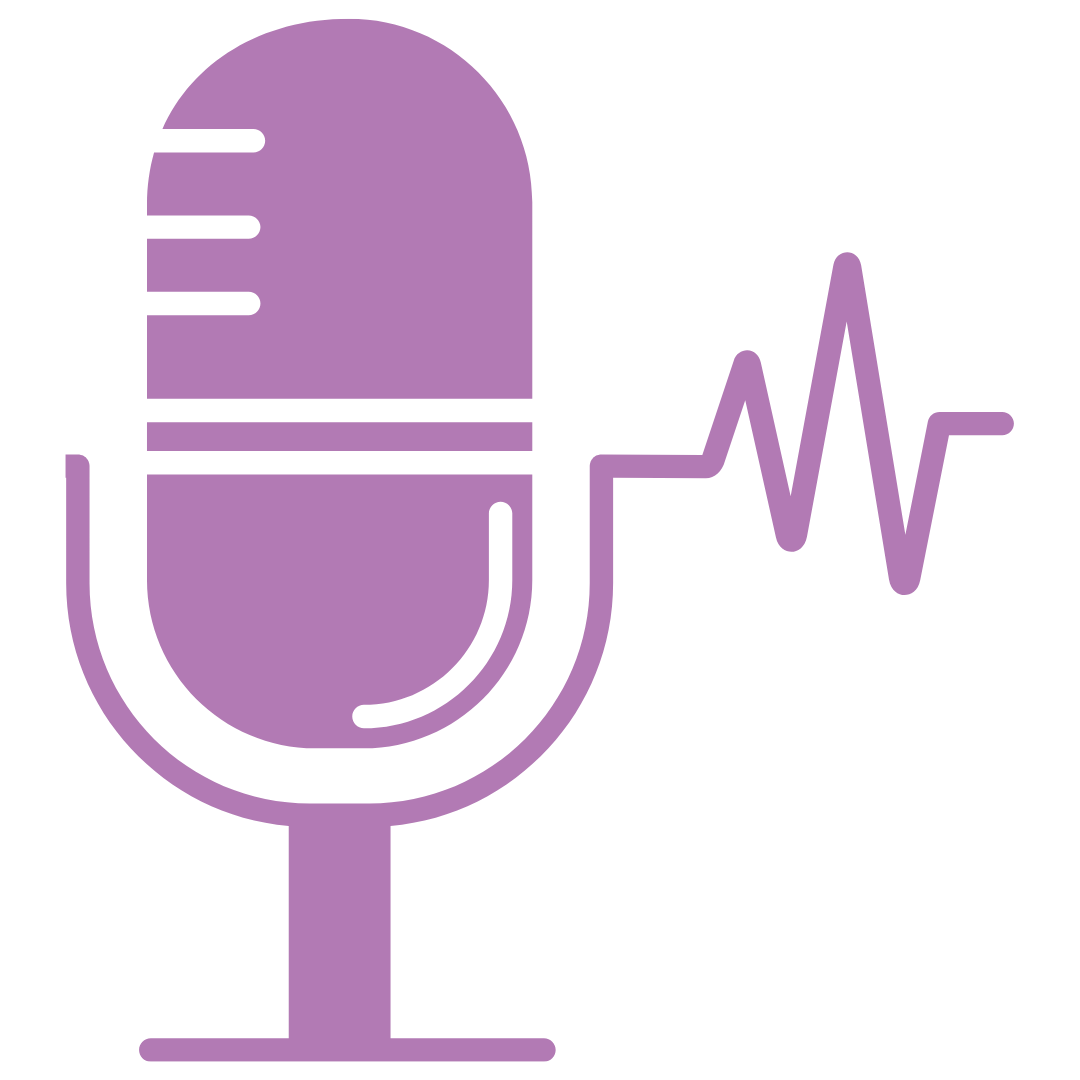
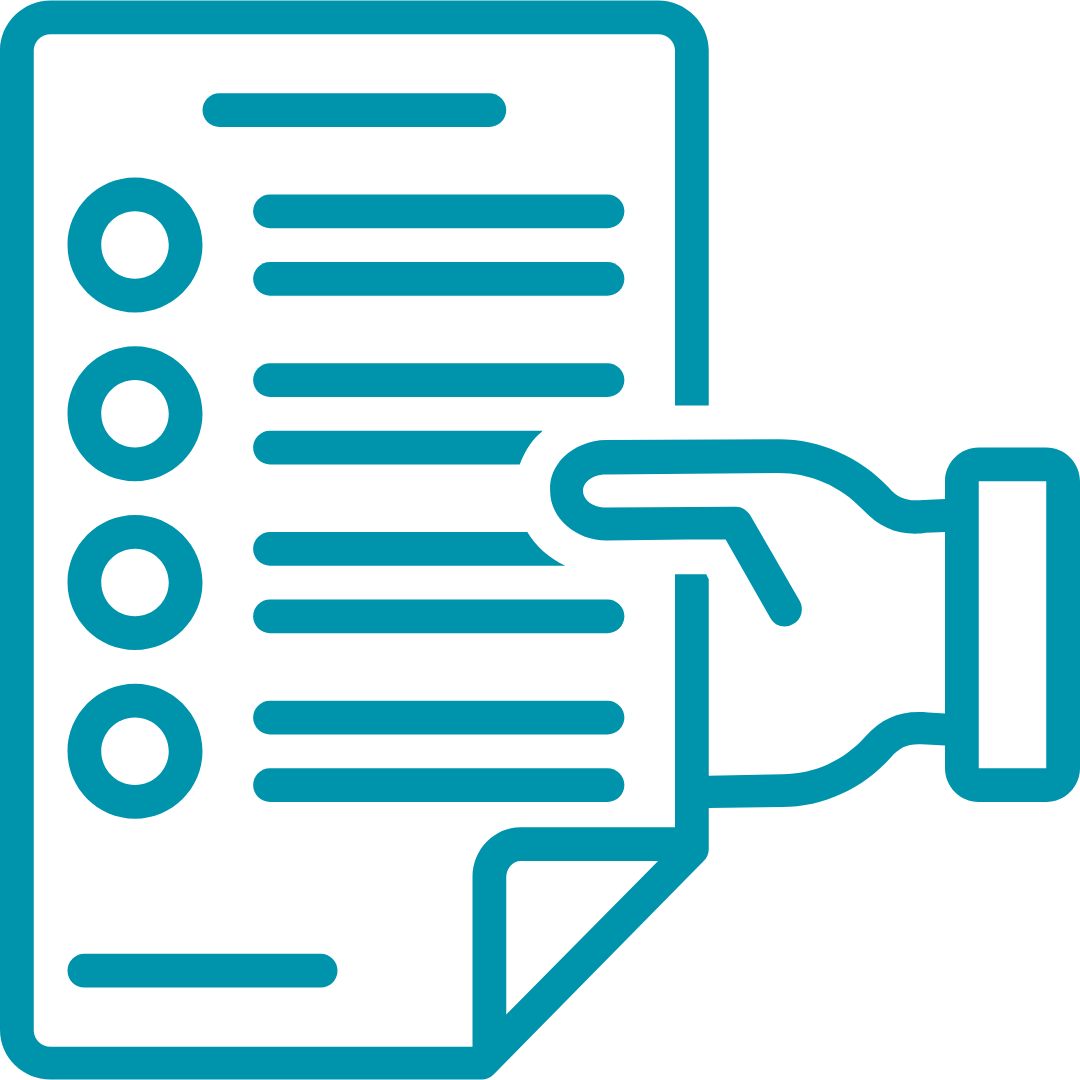
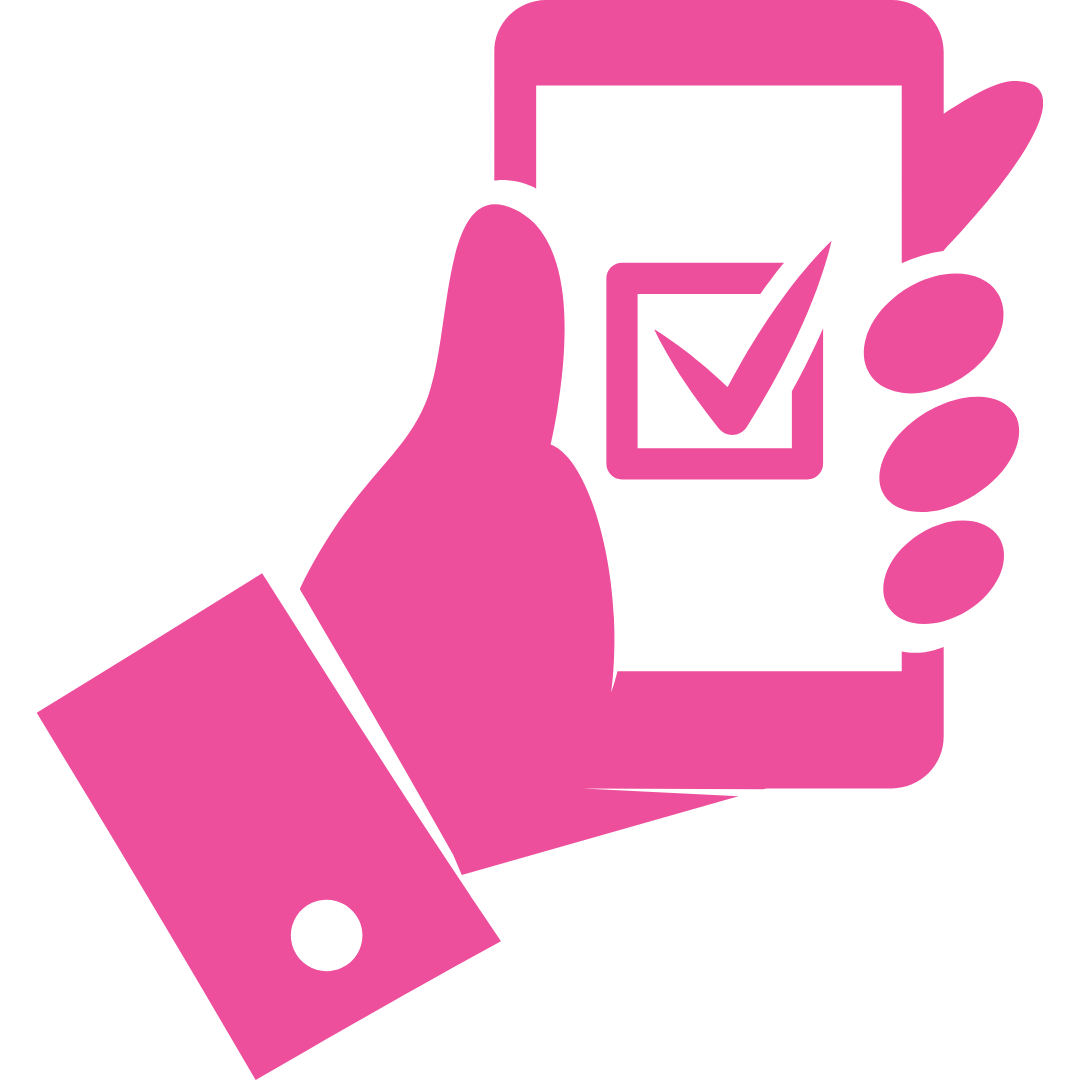
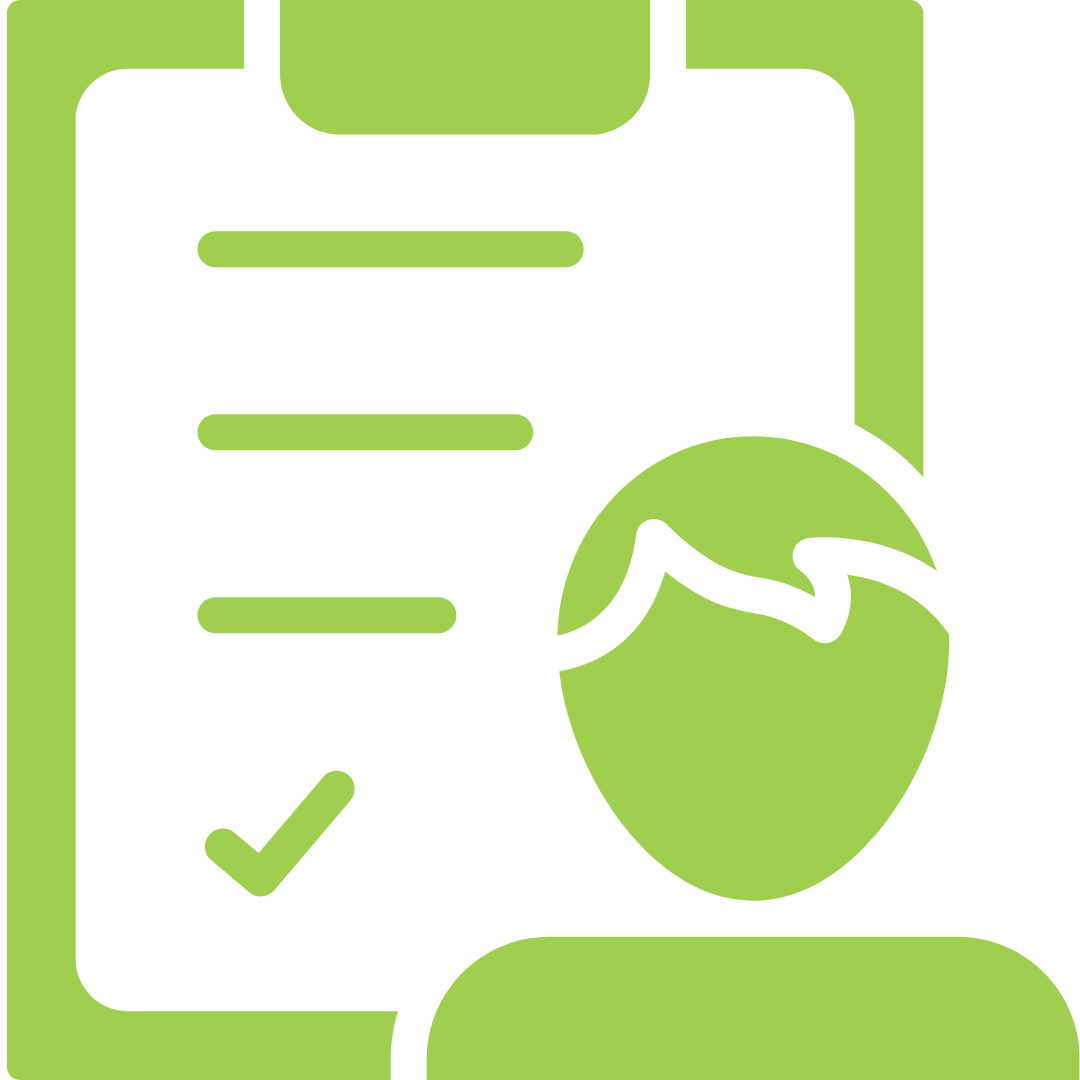
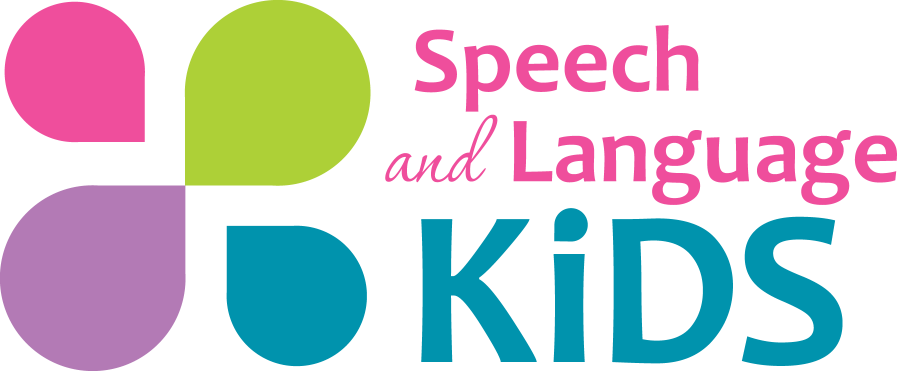


Thanks for publishing an article that demonstrates how to write great goals that are understandable to all parties involved and easy to measure in terms of a student’s progress. You have made it look easy!
Thanks Carrie! I am a new SLPA hoping to work for a school district. Reading these goals helps me prepare myself for the goals I will be seeing in the schools. Thanks for the refresher!!
Thanks for making this very clear. So nice to have a formula to follow.
thank you so much
You’re welcome!
Great
thank you so much
You’re welcome!
This was just what I needed. My son will be transitioning from from private speech thearpy to our local school system next week. I always hear horor stories about the IEP meeting. I feel confidant that I will be prepared to get the best outcome for my son at our IEP meeting.
That’s great! Although there are many people out there who will tell you about their bad experiences, keep in mind that MOST IEP teams are wonderful!! No one goes into teaching or speech pathology for the salary (cause let me tell you, it sucks). We all go into the field because we love helping children. Everyone in that room wants what’s best for your son and they all bring their own unique experiences and training to the table. Keep that in mind when you go in because if you approach the meeting from a place of mutual understanding and respect, you will be able to achieve the best outcomes for your child!! Good luck at the meeting!
Thank you so much for your article! I’ve been writing IEPs for years and they just get harder and harder…your IEP Goal Formula really helped the SLPs and others in my district that I shared it with. I clicked on the button to get your sample goal bank for speech therapists but I never received it. Can you help?
I’m sorry you’re having trouble! I’ve found that many schools block my download emails. I’ve emailed you what you need but in the future you may want to have those sent to a personal email address if you have one or try downloading it at home. Thanks!
Carrie
Hello Carrie,
My 6yr old daughter has adhd and a speech disorder. She is progressing. The slp at school says her attention is the issue yet she doesnt give any tips and tells me to go see a psychologist. But my daughter has issues with expressive and recotive language. The teacher grades her like a child with no issues. Example, my daughter has issues elaborating for show and tell. Yet she grades her like a normal kid. I tell her my daughter will get a failing grade in her report card. Teacher says its ok because the issues are recorded in iep. In the iep, comments are written down about lack of attention but there is NO adaptations written for language. It seems as though they did an iep for behaviour. I see nothing on language goals. I find this odd. I have been working with my daughter and we progress because of us. Not the school. I do not see them apply the SMART technic in my daughter’s iep. How do you measure behaviour (she doesnt want to work sometimes or she asks for breaks)? I think language would be easier. Thanks.
Thank You so much for making videos that help parents like me make better IEP goals ! !
You are more than welcome, Vianey!
Hi! I love the blue visual. How can I get a copy of that?!
Here you go, Theresa: https://www.speechandlanguagekids.com/wp-content/uploads/2015/01/IEP-Goal-Formula-Info-Graphic.png.
I went from writing bad and vague IEP’s to great IEP by the time I was nearing the end of my special education career in the public school system.
Thank you for Sharing!